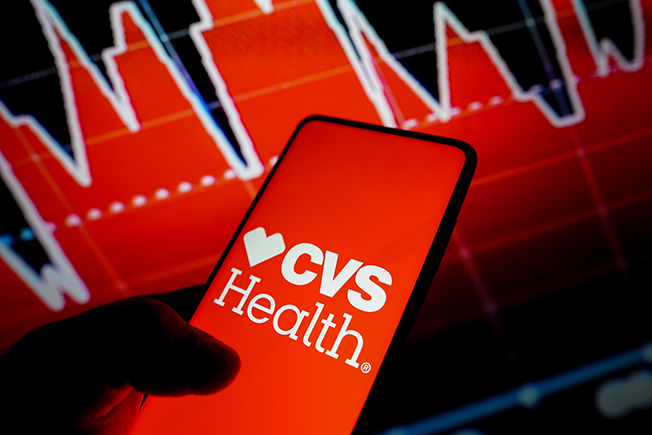We’ve received some excellent feedback from our readers, and we are encouraged to hear that this series of blogs has been of value. When we re-titled the blog, The United States of Healthcare (SM), it was to point out how the number one industry in the U.S., for consistently recuring expenditures regardless of the market and Gross Domestic Products (GDP), was healthcare. Frankly, it appears that this will remain so for surely at least the next decade. The basic driver is plain and simple demographics.
We have also noted in the other blogs and accompanying podcasts that we appear to be converging toward a point where the primary source of business is healthcare in America. We are starting to see this in many industries such as technology, transportation, at home Remote Patient Care and other services including home delivery and a seemingly unrelated industry like housing. Our first patent, issued by the United States Patent & Trademark office over a decade ago, was about what is today called Remote Patient Monitoring (RPM) and medical drug delivery. I don’t recall that term RPM being in wide use, but it is today.
I am really stunned how many companies lately are either getting into healthcare (see past blogs on companies like Dollar General®[1]) to companies in healthcare expanding into direct care. A great case on this is CVS Health®. This company was primarily into pharmacies, then expanded to Pharmacy Benefits Management (PBMs) with Caremark® (a company I worked for in early 1990s), and most recently with their expansion into healthcare insurance business with the acquisition of Aetna®, after their failed attempt to merge with Humana®, and then into direct care with Minute Clinics®.
The CVS article[2] on CNBC® noted that CVS “beat Wall Street” expectation and guided higher. The stock was up 6% with the news.
“CVS Health raises full-year forecast after beating second-quarter expectations. The results encompass CVS’ several different slices of the health-care business. It has a huge footprint of drugstores, owns insurer Aetna and pharmacy benefits manager CVS Caremark, and provides patient care through MinuteClinics inside of its stores.”
As we have been making the point that healthcare is good and heading to great with the push of:
- continuing aging demographics and
- continued government involvement in healthcare payments.
President Biden has just executed the Inflation Adjustment Act. We will talk about the likely benefits and effects this new law will have on healthcare cost next.
There is little doubt that the U.S., Canada and Western Europe are or will soon be in a recession, the Bank of England, actually said it. They should be commended on their honesty.
In the developed nations we do not outgrow the need for healthcare and with the changing demographics the growth in healthcare presents both a problem and opportunity.
– Noel J. Guillama, Chairman
[1] All trademarks on this blog are owned by their respective companies, and only used for reference purposes.
[2] https://www.cnbc.com/2022/08/03/cvs-health-cvs-q2-2022-earnings.html

